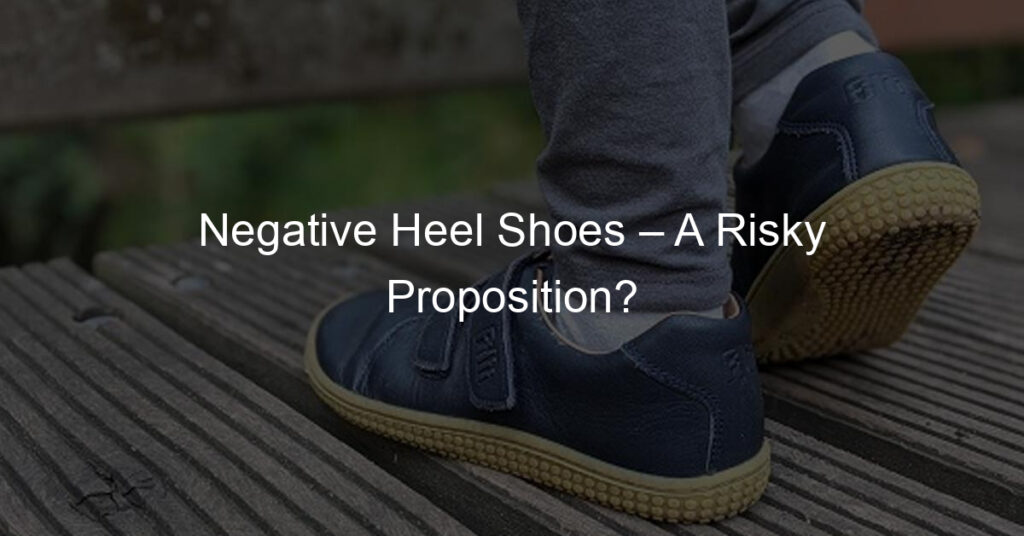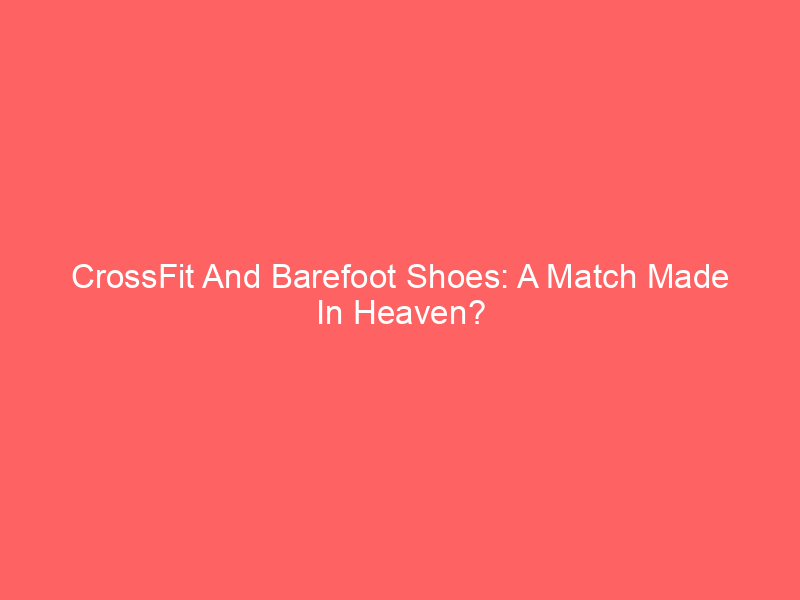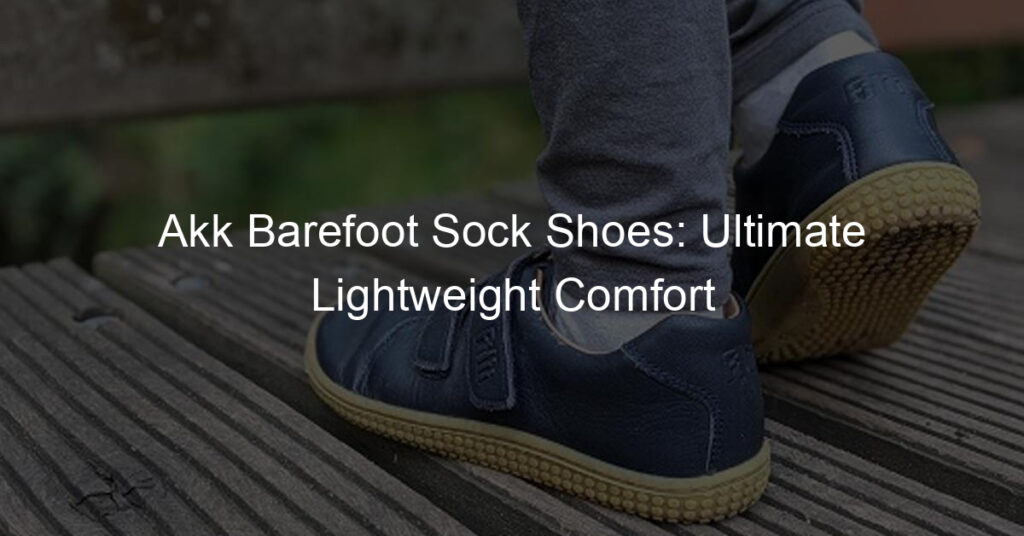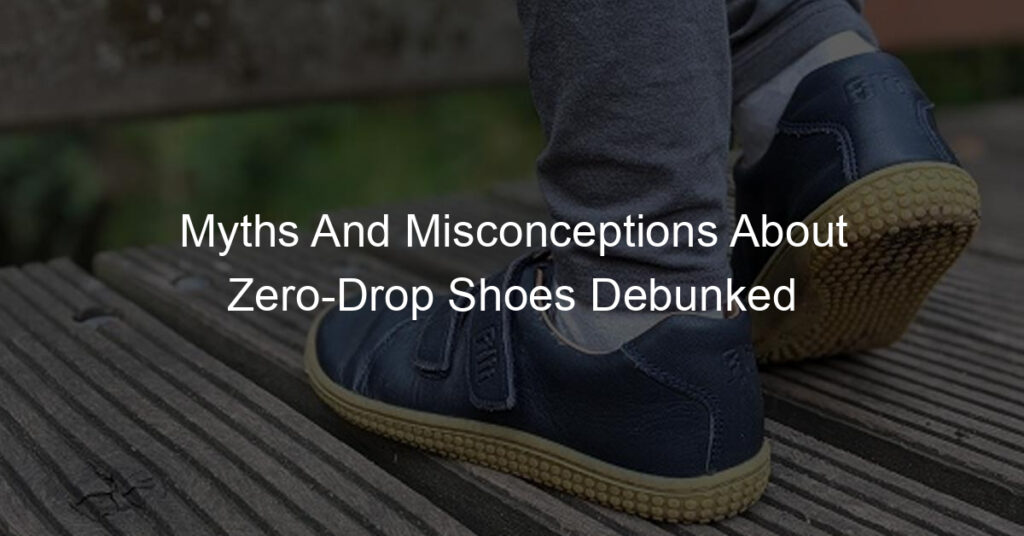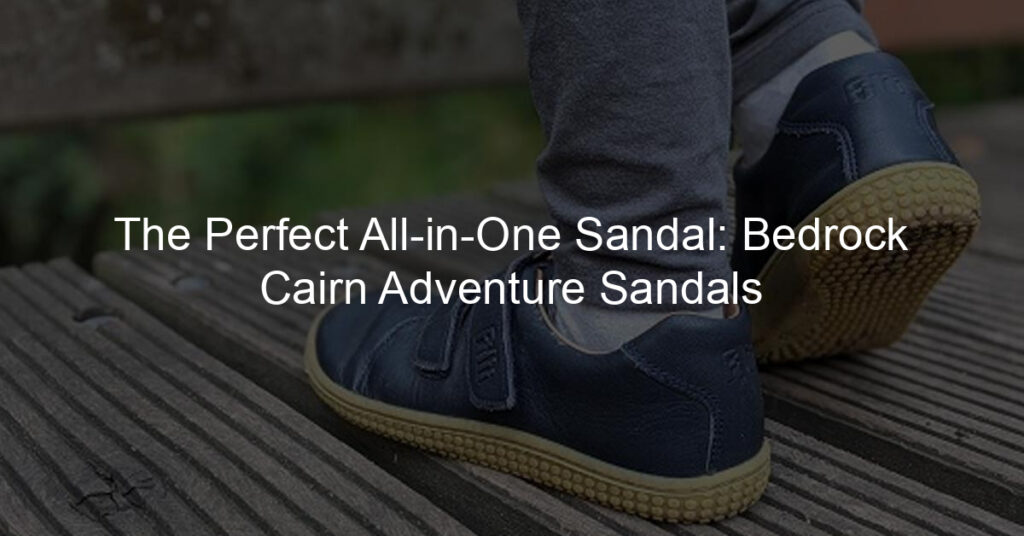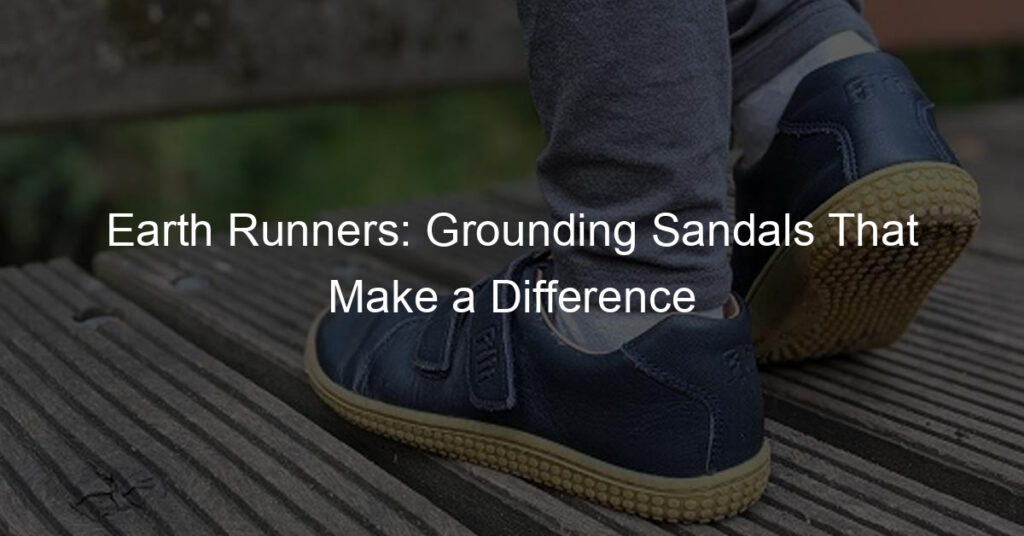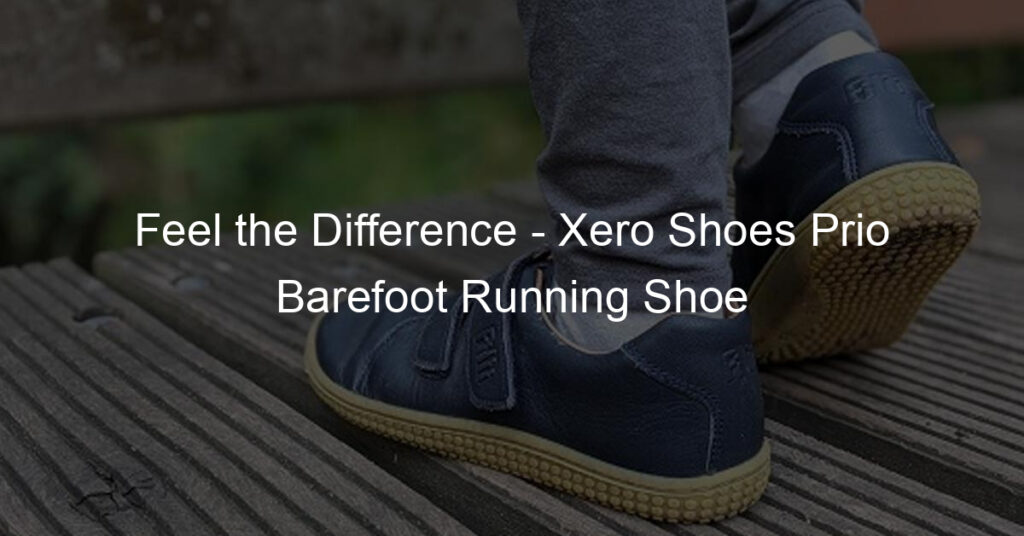You’ve seen them advertised. They promise to tone your legs, improve your posture, and reduce stress on your joints – all while you go about your day-to-day activities. But are negative-heel shoes really all they’re cracked up to be? Or are they a health risk masquerading as a fitness solution? Let’s take a closer look.
The appeal of negative heel shoes is undeniable. They appear to offer a host of benefits with little to no effort required on the part of the wearer. However, there is a lack of scientific evidence to support many of the claims made by manufacturers of these shoes. Additionally, there are some concerns that Negatives heels may actually do more harm than good.
One of the biggest concerns with negative heel shoes is that they can lead to Achilles tendonitis, a condition caused by the overstretching of the Achilles tendon. This condition can be extremely painful and make it difficult to walk or even stand. Other potential risks associated with negative heel shoes include shin splints, plantar fasciitis, and knee pain.
If you’re considering purchasing negative-heel shoes, it’s important to consult with a certified podiatrist or other medical professional first. They will be able to assess your individual needs and advise you on whether or not these types of shoes are right for you. Even if they give you the green light, it’s important to proceed with caution. Start by wearing them for short periods of time (no more than an hour or two) and gradually increase the amount of time you spend in them as your body adjusts.
What Heel Drop Is Best for Walking?
First of all, let’s find out what common heel types we can find on the market. There are 3 types of heel drops, which are:
– Zero drop or flat shoes – The height difference between the heel and toe is 0 mm.
– Low drop shoes – The height difference is 4-8 mm.
– High drop shoes – The height difference is 9 mm or more.
Walking barefoot or in zero-drop shoes is the best way to train your feet muscles and tendons. This is because our feet are designed to work best in this position. However, walking barefoot all the time is not practical, and in some cases, it can be dangerous. Low-drop and high-drop shoes are good alternatives, but it is important to choose the right heel drop for your needs.
If you are new to walking in low or high-drop shoes, it is best to start with a low-drop shoe. This will allow your feet and ankles to adjust to the new position gradually. Once your feet have adjusted, you can try a high-drop shoe. However, if you have any foot or ankle problems, it is best to consult with a medical professional before making the switch.
Generally speaking, the best heel drop for walking is a low-drop shoe. This provides enough support for your feet and ankles without putting unnecessary strain on them. However, ultimately, the best heel drop for you is the one that is most comfortable for you and causes the least amount of pain.
So, How Does a Negative-Heel Shoe Work?
As the name suggests, negative-heel shoes have a heel that is lower than the rest of the shoe. This puts your weight back behind your heels, which theoretically should result in less stress on your joints and improved posture. Additionally, the angle of the sole forces your calf muscles to work harder, which manufacturers claim will lead to toned legs and better glutes. However, there is no scientific evidence to support the claim that they tone your leg muscles or give you a better behind. Additionally, the angle of the sole can put unnecessary strain on your Achilles tendon, which can lead to Achilles tendonitis.
If you’re interested in purchasing negative-heel shoes, it’s important to consult with a certified podiatrist or other medical professional first. They will be able to assess your individual needs and advise you on whether or not these types of shoes are right for you. Even if they give you the green light, it’s important to proceed with caution. Start by wearing them for short periods of time (no more than an hour or two) and gradually increase the amount of time you spend in them as your body adjusts.
Is Zero Heel Drop Good?
Walking barefoot or in zero-drop shoes is the best way to train your feet muscles and tendons. This is because our feet are designed to work best in this position. However, walking barefoot all the time is not practical, and in some cases, it can be dangerous. Low-drop and high-drop shoes are good alternatives, but it is important to choose the right heel drop for your needs. Of course, the activity types are different for each heel drop. If you want to know what is the best heel drop for running, read my article about it here.
For walking, the best heel drop is a low-drop shoe. This provides enough support for your feet and ankles without putting unnecessary strain on them. However, ultimately, the best heel drop for you is the one that is most comfortable for you and causes the least amount of pain.
Are Zero Drop Shoes Good for Knee Pain?
There is no definitive answer to this question as it depends on the individual and the cause of their knee pain. However, some people find that walking in zero-drop shoes helps to reduce their knee pain. This is because the position of the foot in a zero-drop shoe puts less strain on the knees than in a high-heel shoe. If you have knee pain, it is best to consult with a medical professional before making the switch to zero-drop shoes. They will be able to assess your individual needs and advise you on whether or not these types of shoes are right for you.
While negative heel shoes may offer some benefits, it is important to consult with a medical professional before purchasing them. This is because they can cause unnecessary strain on the feet and ankles and may not be suitable for everyone. If you do decide to purchase negative-heel shoes, start by wearing them for short periods of time and gradually increase the amount of time you spend in them as your body adjusts.

